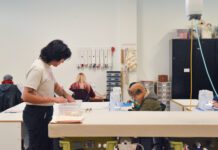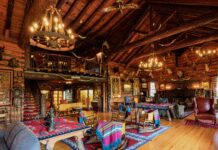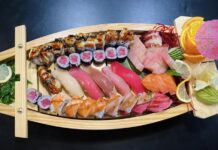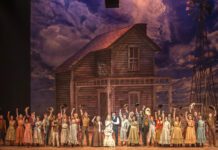Thursday, Oct. 11 at 8 p.m.
Rocker Melissa Etheridge is used to being in the news for many reasons – high-profile relationships that have failed, fighting breast cancer, outspoken support for gay marriage. While fans can appreciate her personal controversies and successes, they ultimately love Etheridge for her music, songs both tough and tender and as stirring as they are electric. The Hard Rock Tulsa Hotel & Casino, 777 W. Cherokee St., Catoosa, presents Kansas-native Etheridge on tour for her 12th album, Fourth Street Feeling, on stage at the Joint. Tickets are $55-$85, available at www.hardrockcasinotulsa.com






















